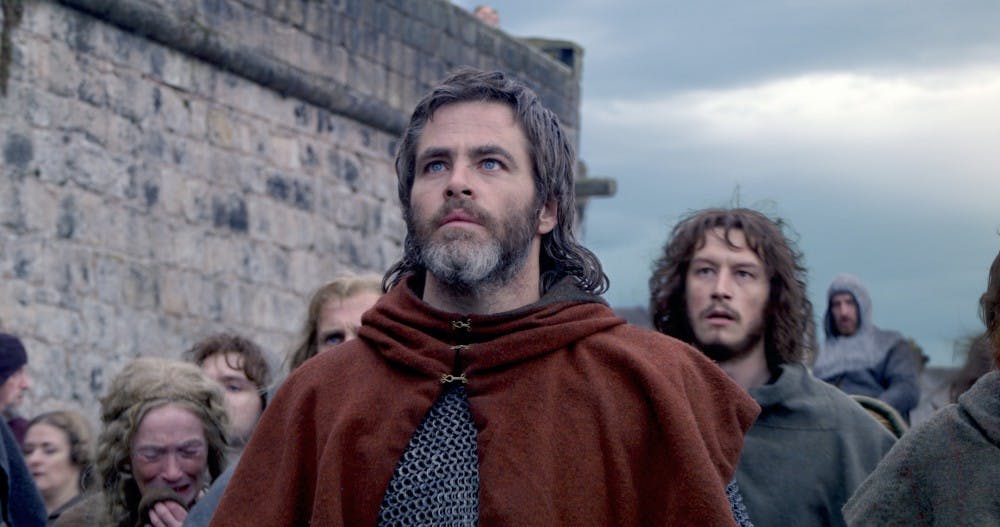If ever there was a case to be made for the Netflix Original as the future of media consumption, it was in the days of “House of Cards” and “Stranger Things.” As the fledgling phenomenon of streaming was on the rise, the service's idea of instantly accessible, streaming-exclusive content was perfect for the instant gratification of binge-watching.
And in those days, the fact they were released only on Netflix was fine — there was nothing to lose in releasing television programs to be watched on a laptop in bed and with a cup of hot tea, and there was everything to gain. But years have passed since the inception of the idea, and now as the 2018 Oscar season rolls in, the streaming giant is looking to have a whole slew of award hopefuls in its catalog.
First there was “The Other Side of the Wind,” the polarizing and bizarre final film of Orson Welles, a long-lost picture shot by Welles but completed some 30 years after his death.
Then came “Outlaw King,” a historical epic from David Mackenzie, the filmmaker behind the Oscar-nominated “Hell or High Water.” And as the season progresses, the site will also be the birthing grounds for new works from the Coen Brothers — a western anthology called “The Ballad of Buster Scruggs” — and Alfonso Cuaron — a new film called “Roma” that’s already being hailed as an all-time great.
At first glance, the notion of having such prestigious works available at the push of a button — or two — seems revolutionary. And it is, but it’s also tragic. Though the streaming site reportedly has plans for limited theatrical runs for some of its releases, the majority of movie-watchers will never have the chance to see its original films on a screen beyond their laptop or living room TV.
And that’s tragic.
Take, for instance, the story of “The Other Side of the Wind,” which unfolded like the narrative of a great film itself. Welles began shooting the film in 1970 after a long Hollywood hiatus. Photography was completed in 1976, but the picture became entangled in a slew of political, legal and monetary complications that prevented its completion. Welles died in 1985, and some 33 years later, the finished film — or at least a version of it — released with little-to-no buzz on a streaming site for Netflix subscribers to watch it on their laptops.
It’s hardly an apt swan song for the final work of a great filmmaker. Shot in beautifully rich and textured 35mm film, its every image crackles with cinematic grandeur, as if screaming silently to be projected on the biggest screen possible. It played at festivals, where critics and the handful of patrons fortunate enough to be present could behold it as it was meant to be seen, but by and large opportunities to catch such a singular film on the big screen are scant.
The same is generally true of Netflix’s other acquisitions; they’ll be available here and there to those fortunate enough to see them on a big screen, but the majority of those who see them will do so in a living room or a basement or a crowded Starbucks.
There’s something purely magical about the theater-going experience — the union of people of all walks of life coming to enjoy the art of stories, the lights going down and the projector blinking to life, the tremendous and literally larger-than-life images onscreen as the only source of light or sensation in the entire space.
And yet here is Netflix, a massive company that purports to love film, to want to distribute it to the masses, denying artists and audiences alike the singular experience of presenting a film on the big screen.




